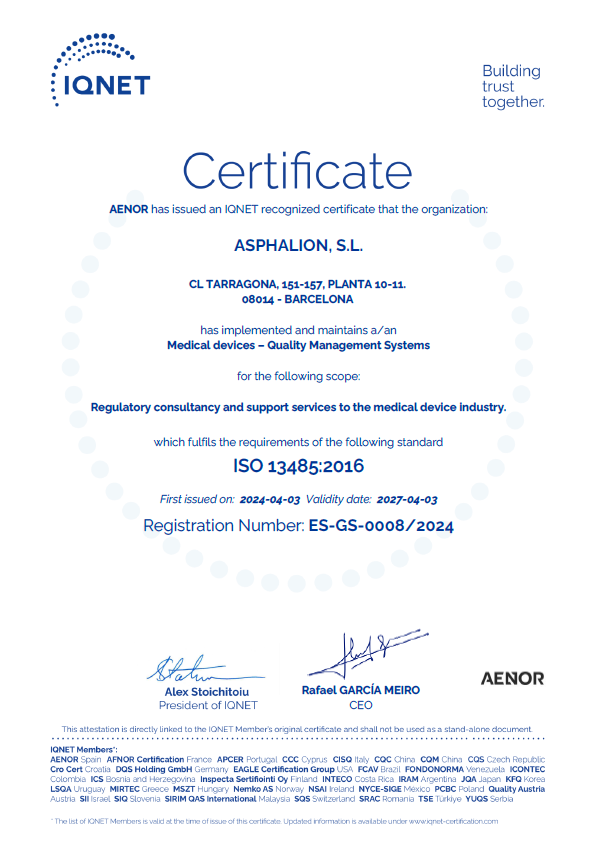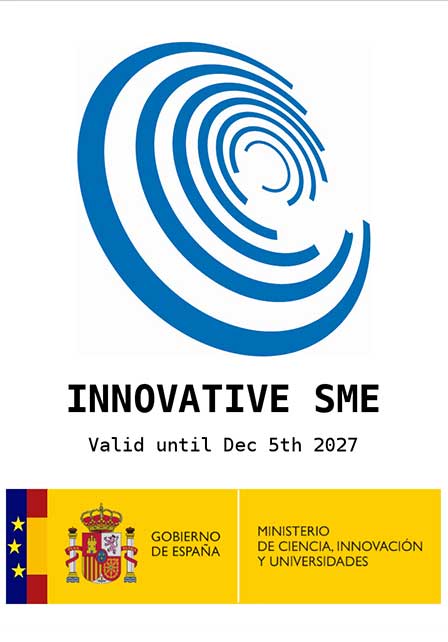Medical device regulatory bodies play a vital role in ensuring the safety and efficacy of medical devices.
The evaluation of regulatory submissions from manufacturers is a crucial step in determining whether a medical device meets the necessary requirements for approval and market authorization before it is marketed to the public.
This post aims to provide insights into the standpoint of regulatory bodies regarding the submission of regulatory files, highlighting the importance of striking a balance between safeguarding public health and minimizing burdens on manufacturers. The specific requirements for regulatory files vary from country to country, but some general principles apply to all submissions.
The Need for Well-Organized and Formatted Submissions:
Regulatory submissions contain a vast amount of technical and clinical data that regulatory bodies must thoroughly review.
To facilitate this process, many regulatory bodies have provided guidance on the structure and content of submissions, aiming to standardize them. For instance, the International Medical Device Regulators Forum (IMDRF) has developed a common Table of Contents (ToC) that has been widely adopted. Following established formats allows for more efficient reviews. However, regulatory bodies also acknowledge that manufacturers may have different processes and require some flexibility in presenting the necessary information. Regulatory files should be clear and well-organized.
This will make it easier for regulatory bodies to review the files and identify the information they need.
The importance of completeness and accuracy
Regulatory bodies expect regulatory files to be complete and accurate. This means that all of the required information must be included in the file, and the information must be accurate and up to date.
Regulatory bodies will review regulatory files closely, and any omissions or inaccuracies could lead to delays or even denials of marketing approval.
Balancing Detail and Resource Burdens:
Given the critical nature of assessing safety and effectiveness, regulatory bodies often require high levels of detail in submissions. However, it is essential to avoid imposing duplicative or unnecessary information that places undue burdens on manufacturers without meaningful
benefits. Regulatory bodies strive to implement submission requirements that are risk-based and proportionate to the device’s classification. Low-risk devices may benefit from a streamlined submission focusing on key aspects, while novel or higher-risk devices warrant more comprehensive documentation. Determining the appropriate level of evidence should consider the device’s intended use and technological characteristics.
Accounting for Real-World Constraints:
The development process for medical devices can span several years and involve multiple design iterations. Regulatory bodies acknowledge that submissions cannot capture every minor design change during product development and clinical studies. Therefore, they allow manufacturers to submit updates or amendments as new information becomes available. For post-market changes, a graded approach is followed, wherein only significant modifications require new regulatory submissions. This approach provides necessary flexibility for manufacturers while ensuring regulatory oversight throughout the device’s lifecycle.
Consideration of IT Infrastructure and Resources:
Electronic submission systems have revolutionized the transmission of large files containing all relevant documentation. While this facilitates the complete submission of “packages,” regulatory bodies recognize that IT infrastructures and resources vary greatly between countries and manufacturers. Not all documentation may suit electronic formats, and some manufacturers still rely on paper-based quality management systems. To accommodate these variations, regulatory bodies accept submissions through multiple channels and strive for greater harmonization and interoperability across different IT platforms. The goal is to have requirements considering different capabilities and avoid imposing undue IT-related costs.
A Balanced Approach for Public Health and Innovation:
Regulatory bodies aim to fulfill their public health mandate of ensuring safety and efficacy while recognizing the practical constraints under which manufacturers operate. Achieving this balance requires a risk-based approach and continual dialogue among all stakeholders. Regulatory bodies provide guidance but also maintain an open mindset to understand varied circumstances and find workable solutions. With mutual understanding and cooperation, regulatory oversight of medical devices can most effectively protect patients and support innovation.
The Importance of Timeliness
Regulatory bodies expect regulatory files to be submitted on time. This means that manufacturers should start planning their submissions early in the development process. Regulatory submissions can be complex and time-consuming, so it is important to give manufacturers enough time to prepare a complete and accurate submission.
Common mistakes to avoid
There are a number of common mistakes that manufacturers make when submitting regulatory files. Some of the most common mistakes include:
- Submitting incomplete or inaccurate information
- Submitting poorly formatted or organized files
- Submitting late submissions
It is important to avoid these mistakes to ensure a smooth and efficient regulatory review process.
Tips for submitting successful regulatory files
Here are some tips for submitting successful regulatory files:
- Start planning your submission early in the development
- Familiarize yourself with the specific requirements for regulatory files in the countries where you plan to market your device.
- Work with a qualified regulatory affairs expert to ensure that your submission is complete, accurate, and compliant with all applicable
- Follow the regulatory bodies’ guidelines for the format and organization of regulatory
- Submit your regulatory files on
Conclusion
Understanding the standpoint of medical device regulatory bodies regarding the submission of regulatory files is crucial for regulatory affairs experts in the field. Striking a balance between safeguarding public health and minimizing burdens on manufacturers is key. By emphasizing well-organized submissions, balancing detail and resource burdens, accounting for real-world constraints, and considering IT infrastructure and resources, manufacturers can increase their chances of a successful regulatory. Continued collaboration between regulatory bodies, manufacturers, and other stakeholders will pave the way for advancements in medical technology while ensuring patient safety.






















